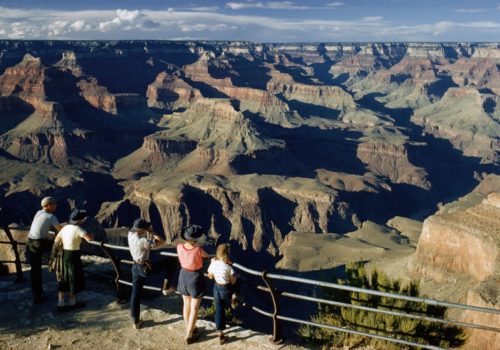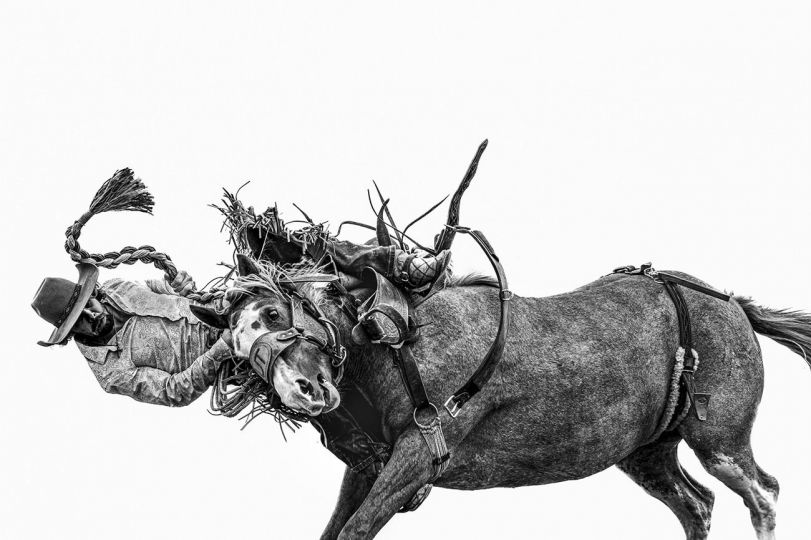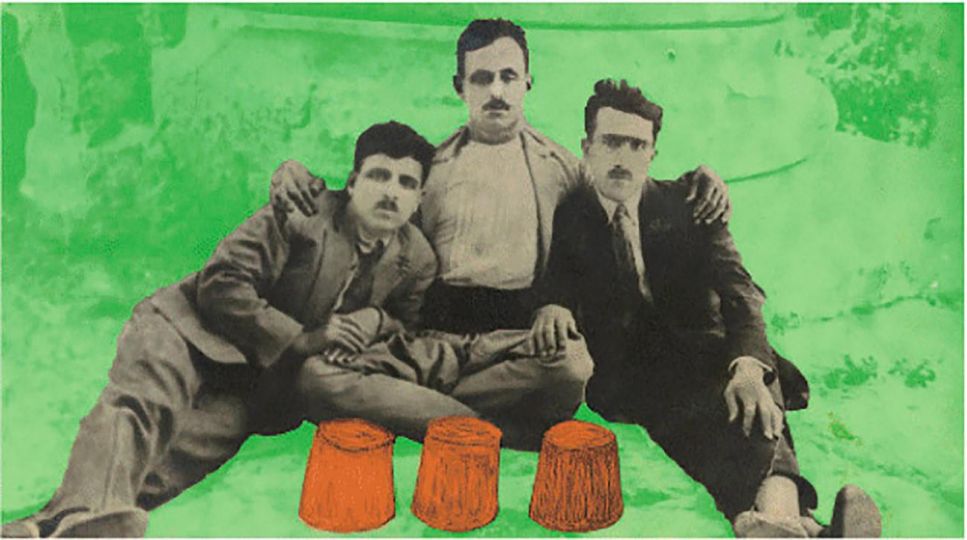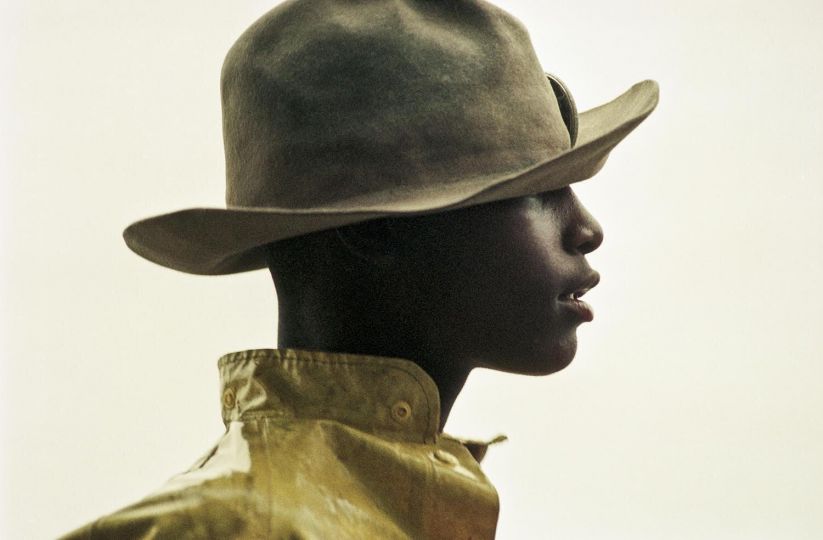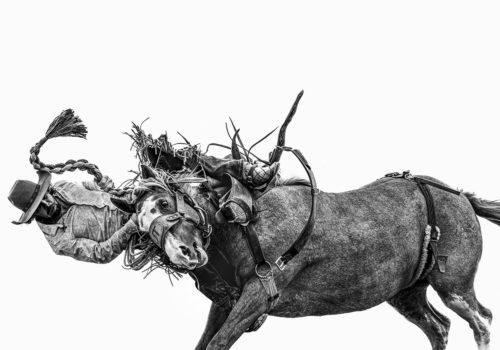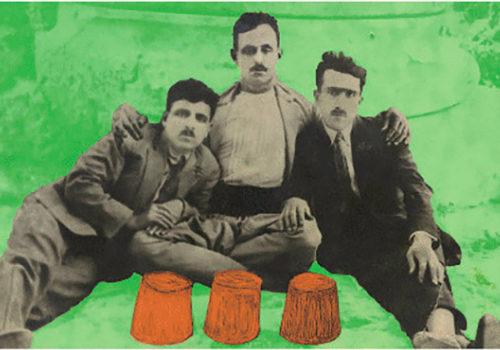When President-Elect Donald Trump talks vaguely about making America great again, he may very well be evoking the America National Geographic crafted in its pages for most of the 20th century, some of which are reproduced in Taschen’s new two-volume book, The United States of America.
It’s an America, Photo District News executive editor David Walker notes in the book’s introduction, of “upbeat fervor,” defined by “optimism, patriotism, frontier spirit, and prosperity.” The magazine’s editors insisted on this vision, imposing a “strict institutional aesthetic” that “reinforced traditional narratives about American history, regional cultures, and connections between Americans and the land they called home.” White middle-class and middle-American sensibilities, Walker observes, reigned supreme.
The result is the sort of portrait that Brandon Stanton and Edward Steichen would admire, a sentimental and uncritical vision that recognizes individual differences as largely aesthetic. The country here is organized alphabetically by state, each chapter beginning with a laudatory quote about the place: “If I could rest anywhere, it would be in Arkansas.” “There’s something wonderfully healing in Arizona air.” “I’m in love with Montana.”
The accompanying photos are just as glorifying, enveloped in an Americana glow that’s as cozy as it is highly limited. We see grinning, grime-covered Illinois coal miners in blue overalls, white schoolchildren in a one-room schoolhouse in Kentucky, a storybook farmhouse in Delaware that “shimmers softly through a scrim of falling snow.” There are pretty girls and fast cars, sweeping landscapes and happy servicemen, actual cowboys and Indians. When capturing the latter, Walker writes, National Geographic photographers had a tendency to romanticize and stereotype while “quietly overlooking a lot of troubled history and its tragic consequences.” But he ultimately gives those photos a pass, noting their “radiant, transfixing beauty.” In the Missouri chapter of the book, one such photo, a portrait of Chief John Smith, whose tribe was run out after Andrew Jackson’s Indian Removal Act, appears next to an unintentionally ironic quote from Brad Pitt: “In Missouri, where I come from, we don’t talk about what we do ― we just do it.”
In the second half of the 20th century, Walker notes, a new generation of National Geographic photographers turned their attention to “a changing America, warts and all,” bringing, for the first time, photos of “pollution, poverty, urban decay, and other social ills” to the magazine. But those images are mostly absent from these volumes. One notable exception, a photo by Eugene Richards of a natural gas flare in North Dakota fracking territory, is framed by a double rainbow, dampening its power with prettiness.
It’s neither the mission nor, necessarily, the responsibility of The United States of America to provide the kind of critique that lurks behind every beaming American smile. Every country, in a way, needs its fables to survive, and this book spells them out gorgeously, in a way that will surely beautify many a coffee table. Perhaps it’s just the darkness of this particular time in American history that makes this kind of mythologizing seem more perilous than charming at the moment.
Jordan G. Teicher
Jordan G. Teicher is an American journalist and critic based in Brooklyn, New York.
The United States of America
Published by Taschen
$300

